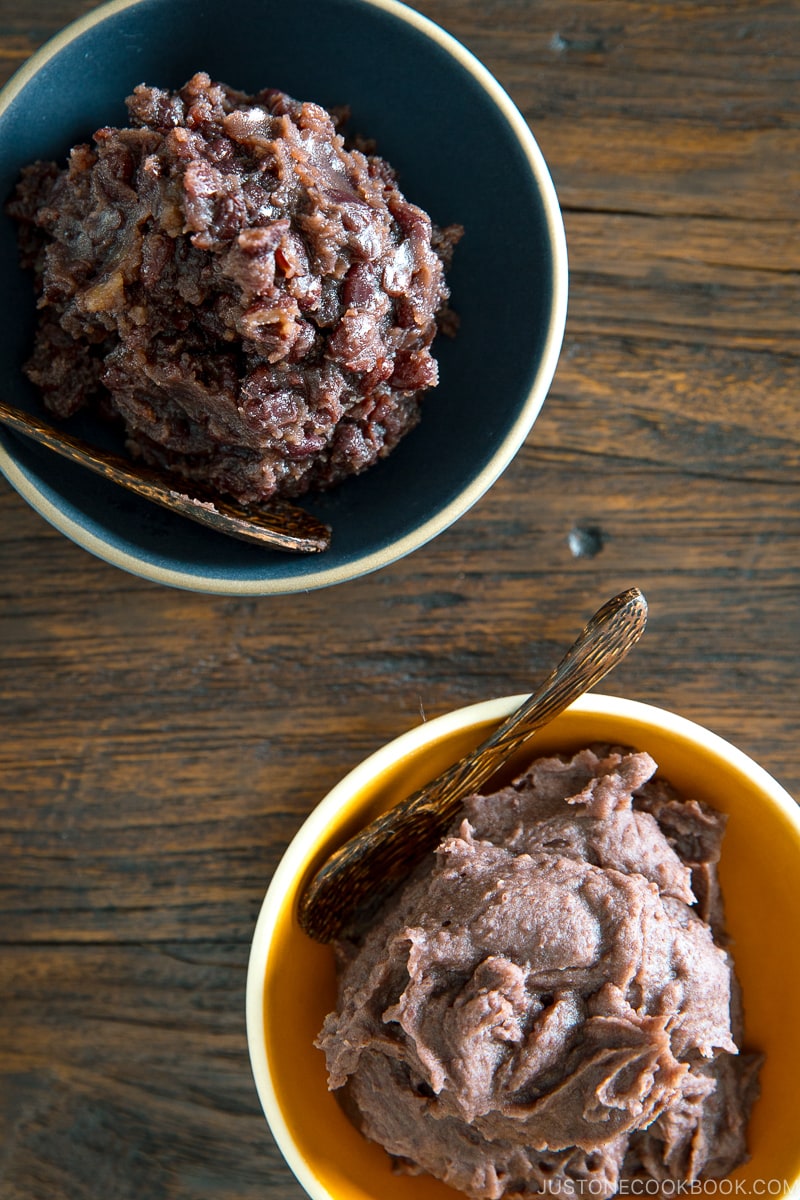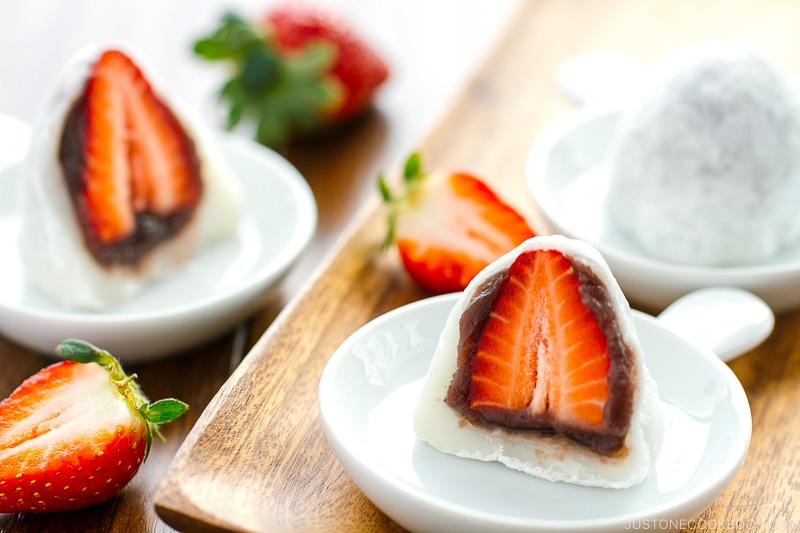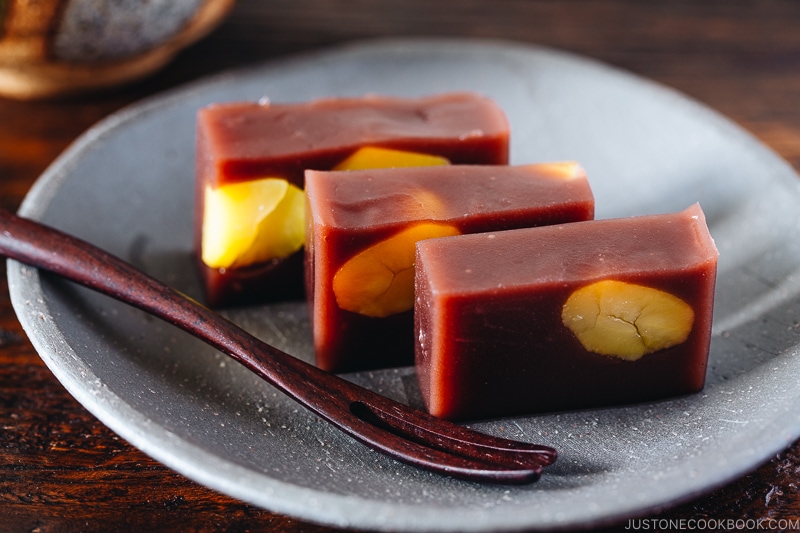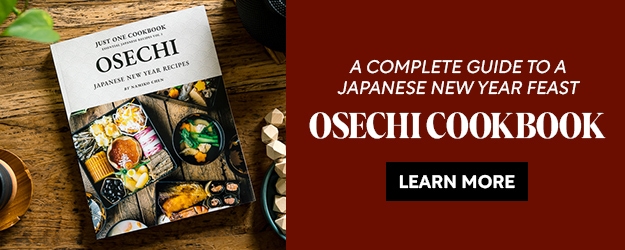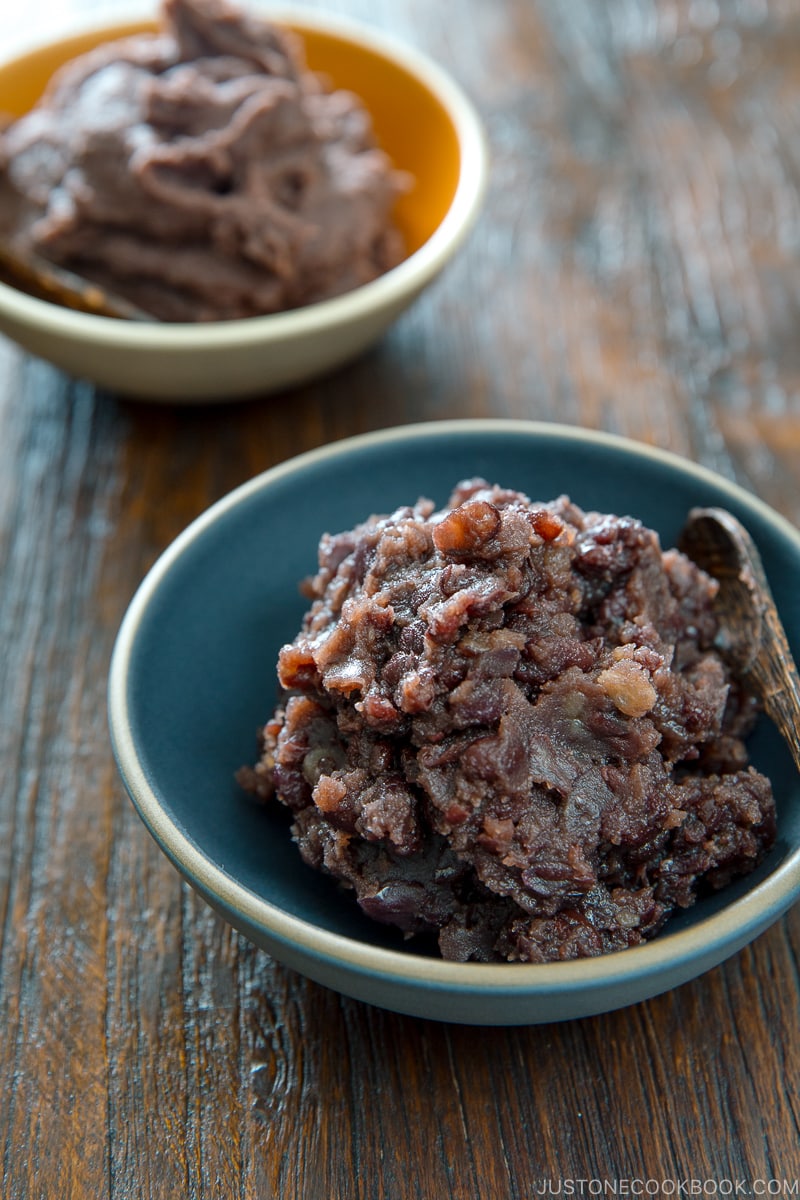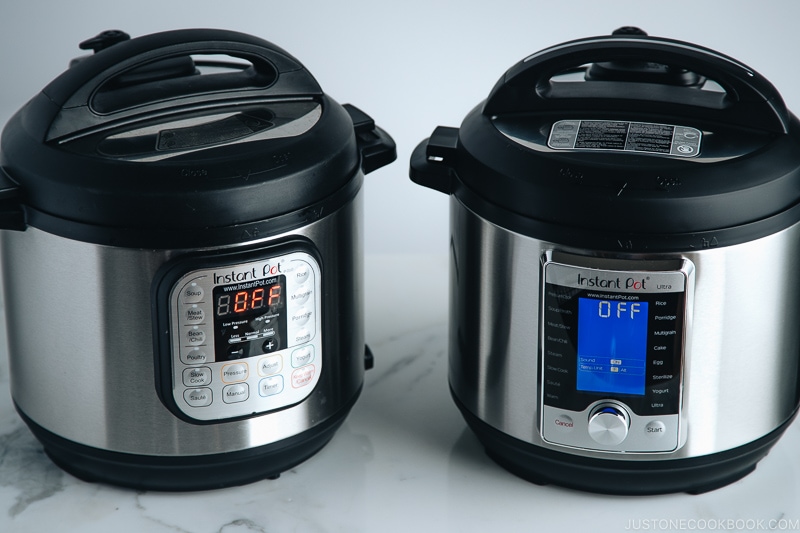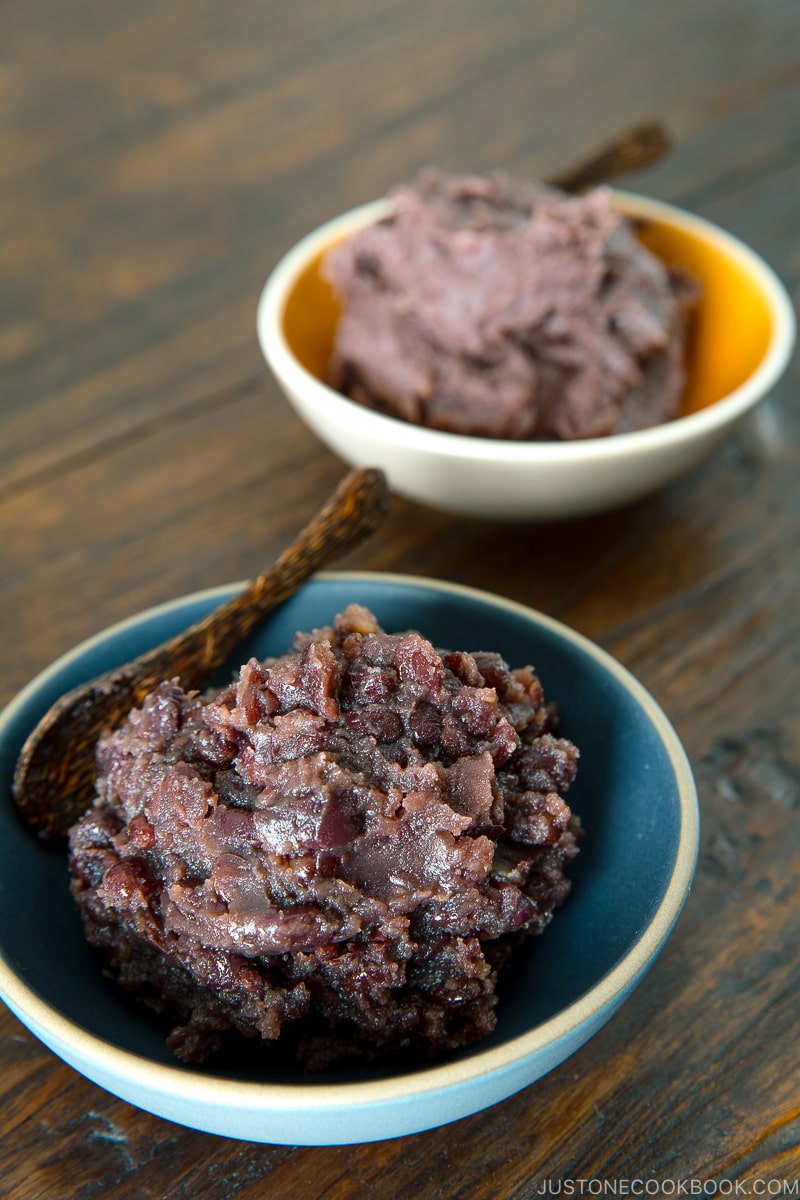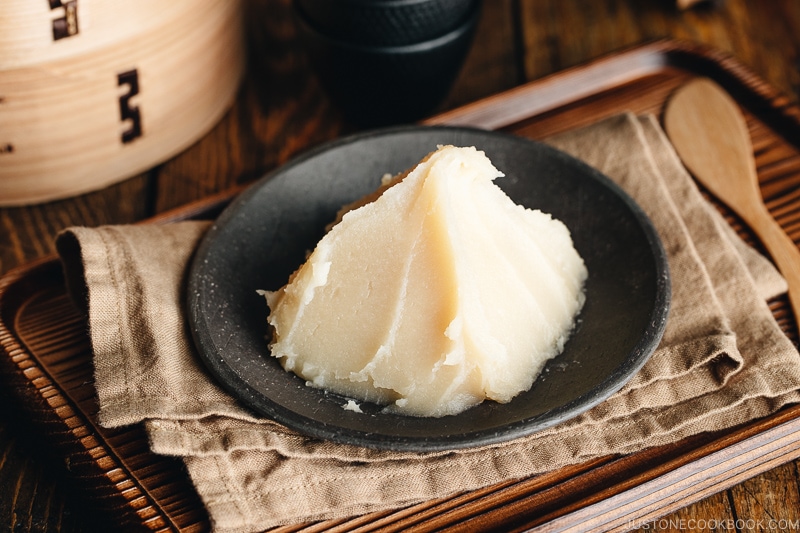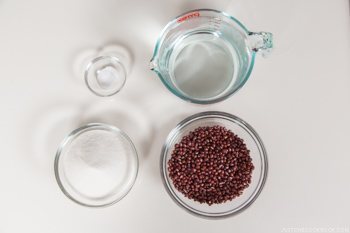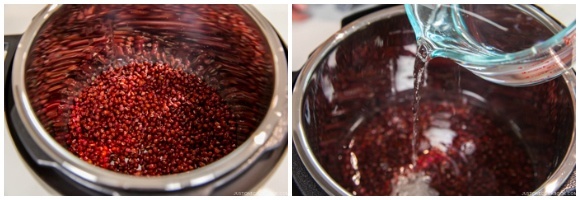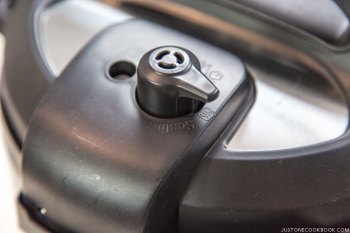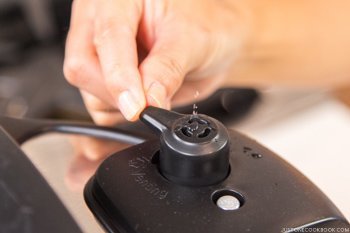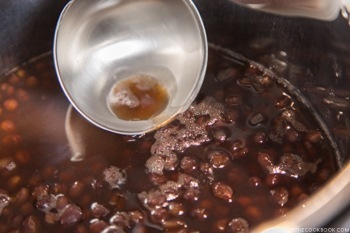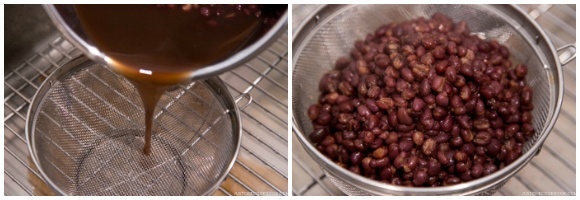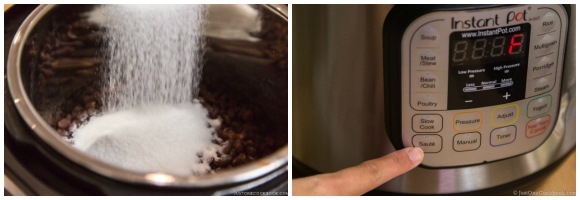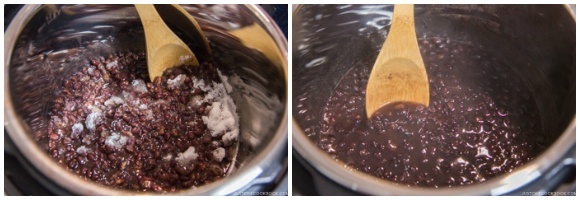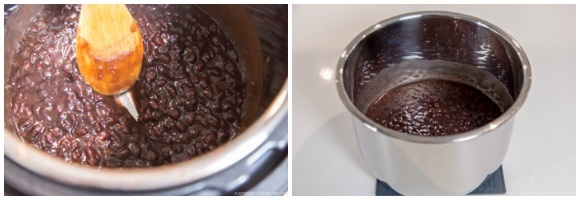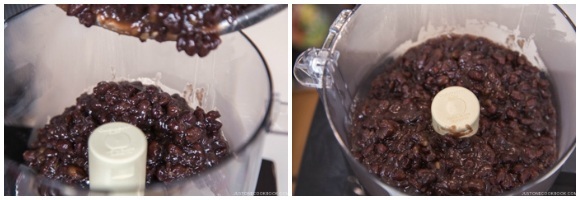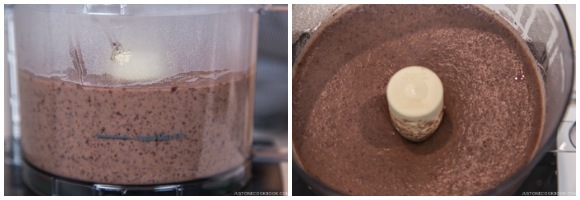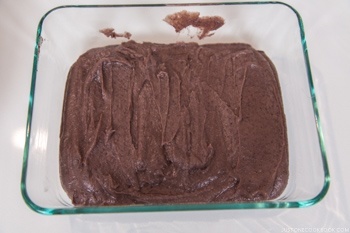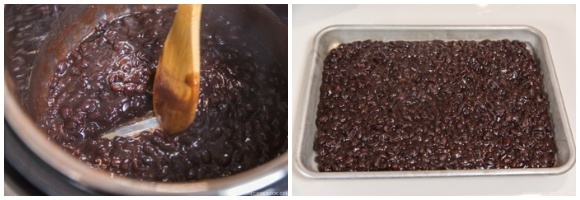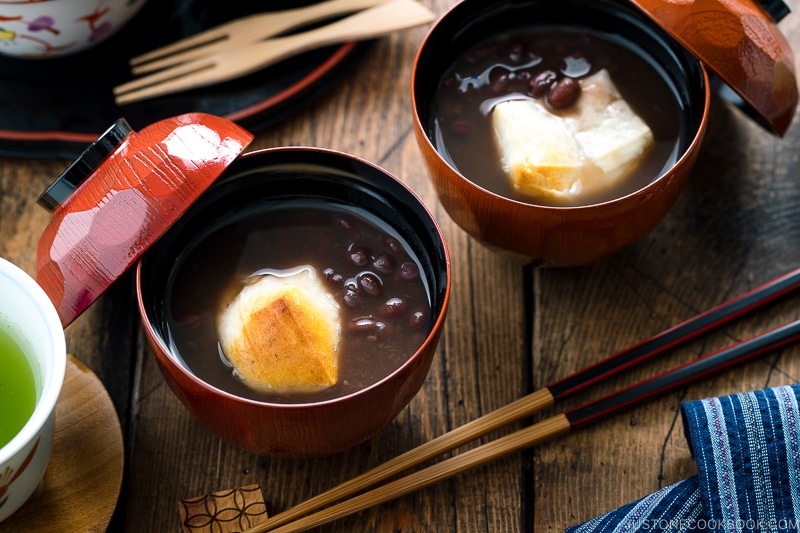In Japan, there are all kinds of sweets and snacks everywhere, from convenience stores to busy stations and even department stores. You can find an assortment of Japanese and Western cookies, cakes, snacks, and desserts. Speaking of Japanese sweets, the most popular filling in them is Anko or Sweet Red Bean Paste. I would describe its popularity as similar to chocolate for Western desserts. What type of Japanese desserts have red bean paste as filling? Mochi of course! The sweet red bean paste is inside all types of mochi as you see in Daifuku, Strawberry Mochi, Kashiwa Mochi, Sakura Mochi. Also in the flour cake batter, like in Dorayaki and Taiyaki. Other Japanese sweet that uses Anko as the main ingredient includes Yokan, Red Bean Ice Cream, and Zenzai or Oshiruko (Red Bean Soup), just to name a few. Now making it is very easy, but cooking it in the traditional stove-top method requires your time and undivided attention. The amount of water in the pot has to be just right above the azuki beans while cooking, so you need to stay in the kitchen to keep an eye on it (this is a well-known “proper” method). I’ve loved Anko all my life and I’m quite obsessed with it. But even such a fanatic myself, I’ve only made it at home on special occasions and relied on overly sweet premade ones from Japanese grocery stores to save time. But not anymore with my Instant Pot! So today I will show you my favorite way to make homemade Anko with the pressure cooker.
Making Anko in Pressure Cooker
So, the first step to making Anko easier is to speed up the process. Unfortunately, this will require a pressure cooker. I know, a pressure cooker is not a gadget that everyone has in the kitchen and I didn’t own one myself until last year. If you don’t own a pressure cooker, you can still make delicious homemade Anko on the stovetop (recipe here). Many of my readers really love this stovetop recipe! Why use a Pressure Cooker then? It’s simple; 1) it cooks fast, 2) does a great job, and 3) saves you a lot of time. What pressure cooker do I use? I’ve been using this 7-in-1 Instant Pot Multi-Functional Cooker and I shared how much I love this gadget in this post, this post, and this post. It’s a pressure cooker, slow cooker, rice maker/porridge maker, steamer, sauté/browning, yogurt maker, and warmer in one machine. I mostly use the pressure cooker functions and unlike old-fashion pressure cookers, there is no hissing sound and it’s not scary at all to use and operate! Besides cooking beans, it is a total lifesaver when you want to cook meat in less than 30 minutes. Even though it’s a short time, the tender meat falls off the bones! I usually switch on before heading to kids’ activities and when we come home, the dinner is ready! I don’t even have to be in the kitchen!
3 Simple Ingredients to Make Anko
The amount of sugar that goes into this recipe is a lot (but it’s usually for the filling, and the rest of the sweet is not sweet – like mochi). But I’d say it is less sweet than the store-bought Anko. Although it’s not too sweet, I would not consider it as a healthy food because of how much sugar it contains. So please adjust the amount of sugar to your liking, based on the type of sweets you’re making. Why do we put salt? Instead of adding more sugar, a pinch of salt can actually enhance the sweetness even more without making it salty.
Chunky or Fine Red Bean Paste
If you’re familiar with Japanese sweets, red bean paste generally comes in two types of texture: chunky and fine. The chunky red bean paste is called Tsubuan (粒あん) and the red bean paste with a fine smooth texture is Koshian (こしあん). Koshian is used more often as filling but it’s really up to your preference. Traditionally, to make the smooth silky fine texture, a cooked and sweetened azuki bean mixture is pressed into a fine-mesh sieve to separate the bean skins. To save time, I use a food processor or blender to skip the tedious process (my mom may not agree with me…). It might not be as silky and smooth, but I think it’s pretty good for the amount of time I spend in the kitchen making Koshian. Making Anko in a pressure cooker is super easy and simple and cuts down on cooking time. The best part though is that homemade Anko tastes SO GOOOOOD!
How to Make White Bean Paste (Shiroan)
White Bean Paste or Shiroan is commonly used as a filling for wagashi (Japanese confectionery) such as mochi and manju. The paste has a milder bean taste, so it makes a great alternative to red bean paste! Wish to learn more about Japanese cooking? Sign up for our free newsletter to receive cooking tips & recipe updates! And stay in touch with me on Facebook, Pinterest, YouTube, and Instagram.
